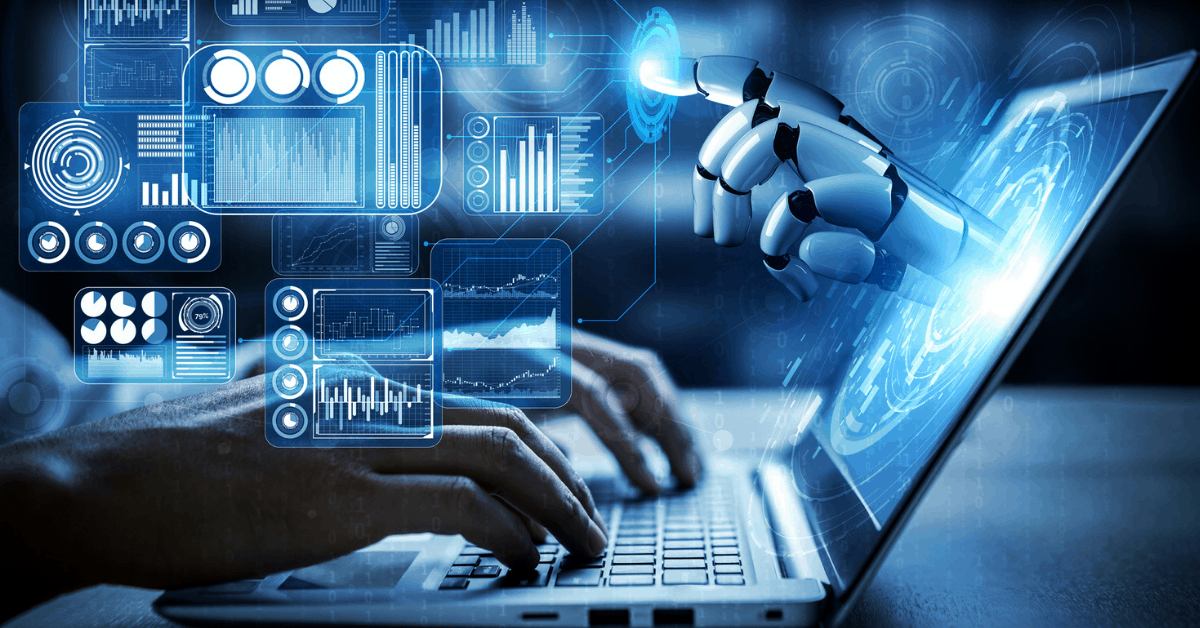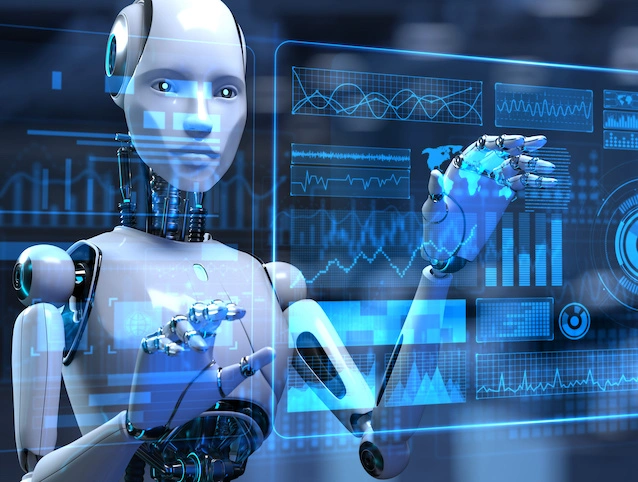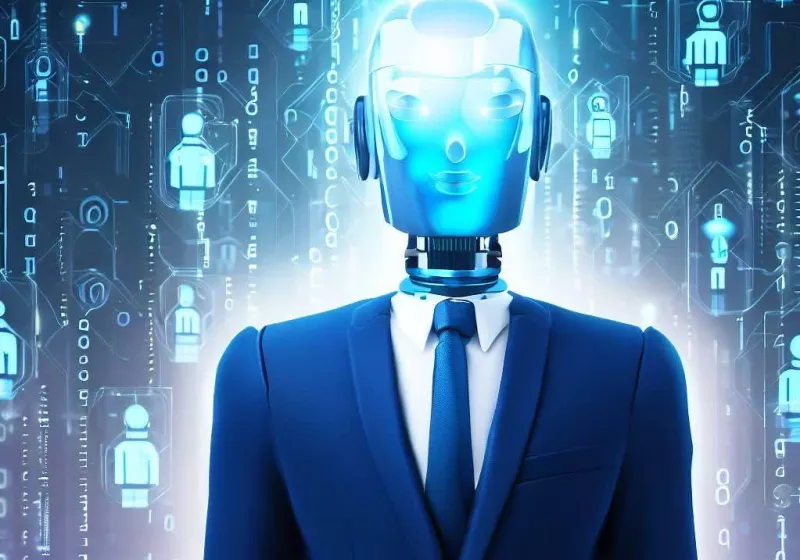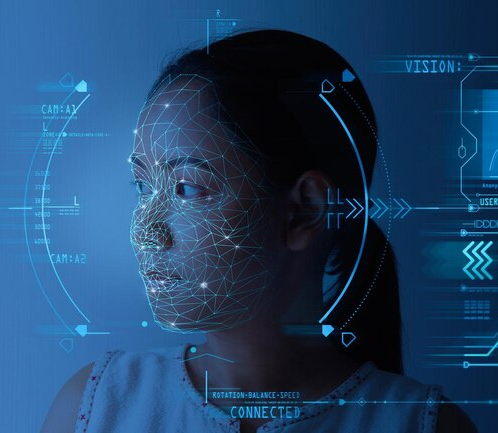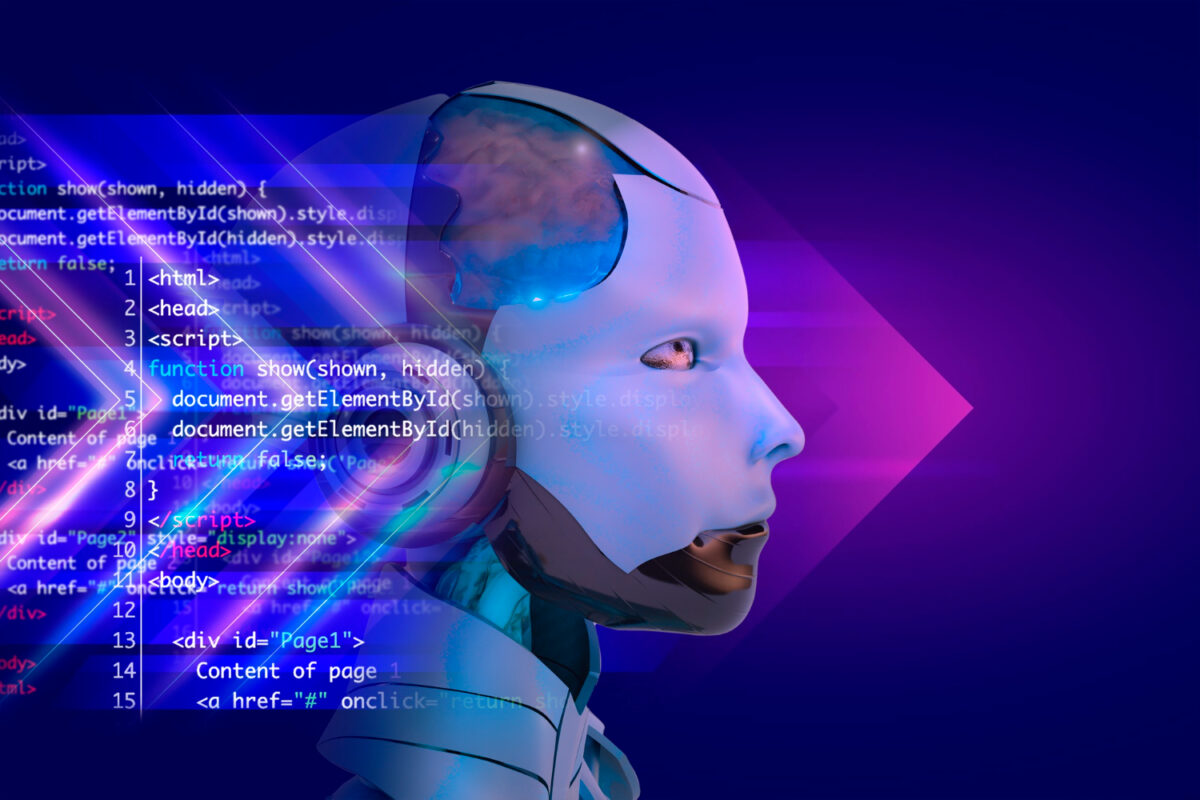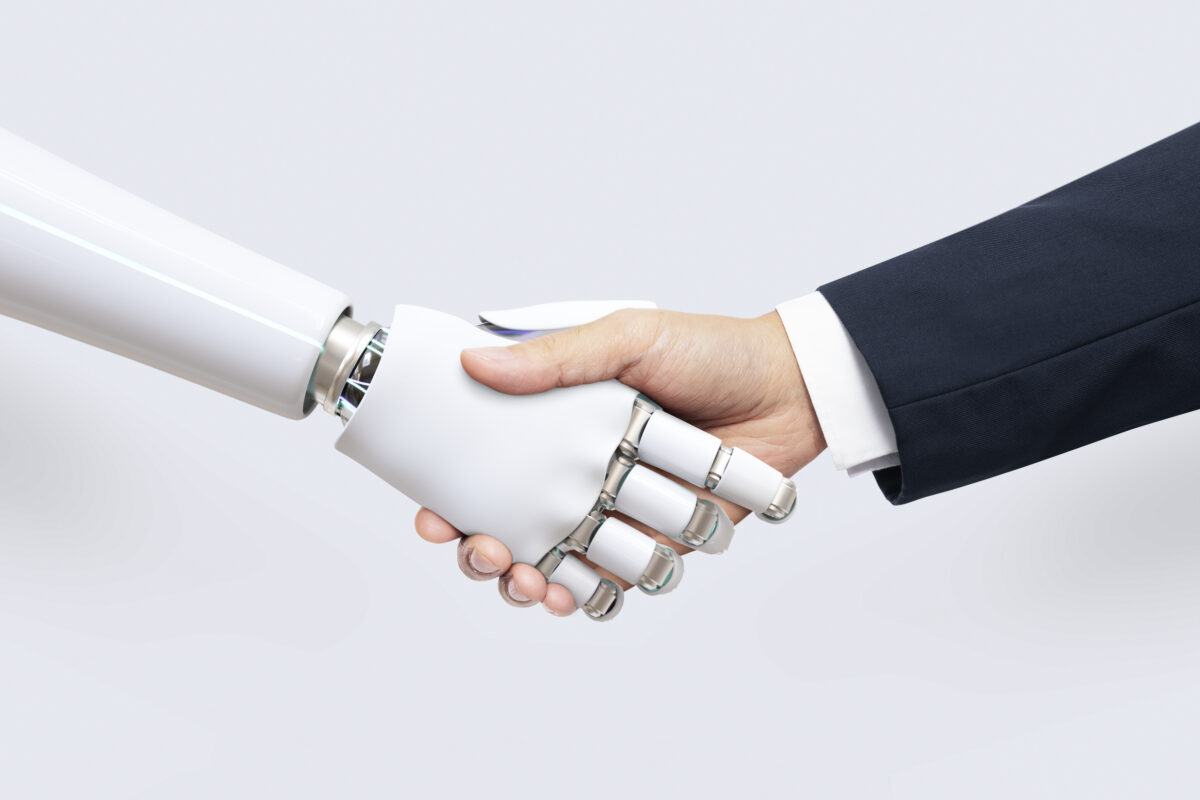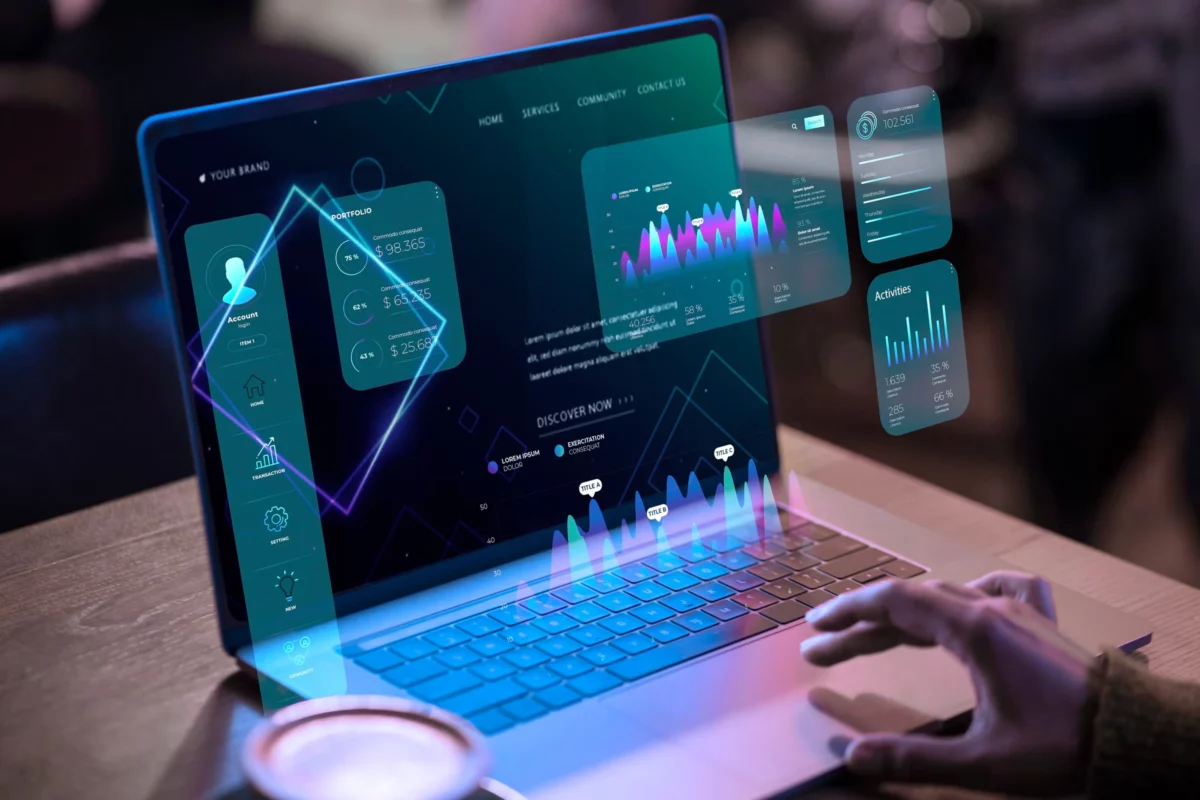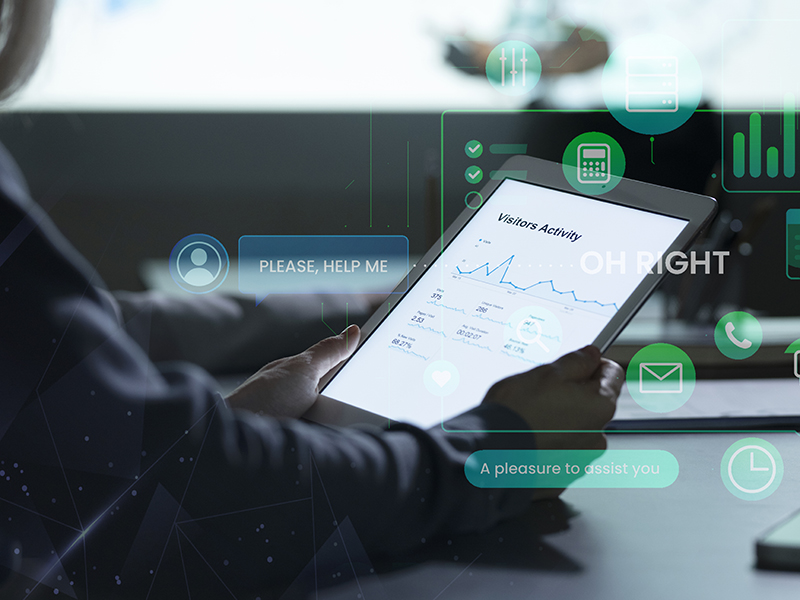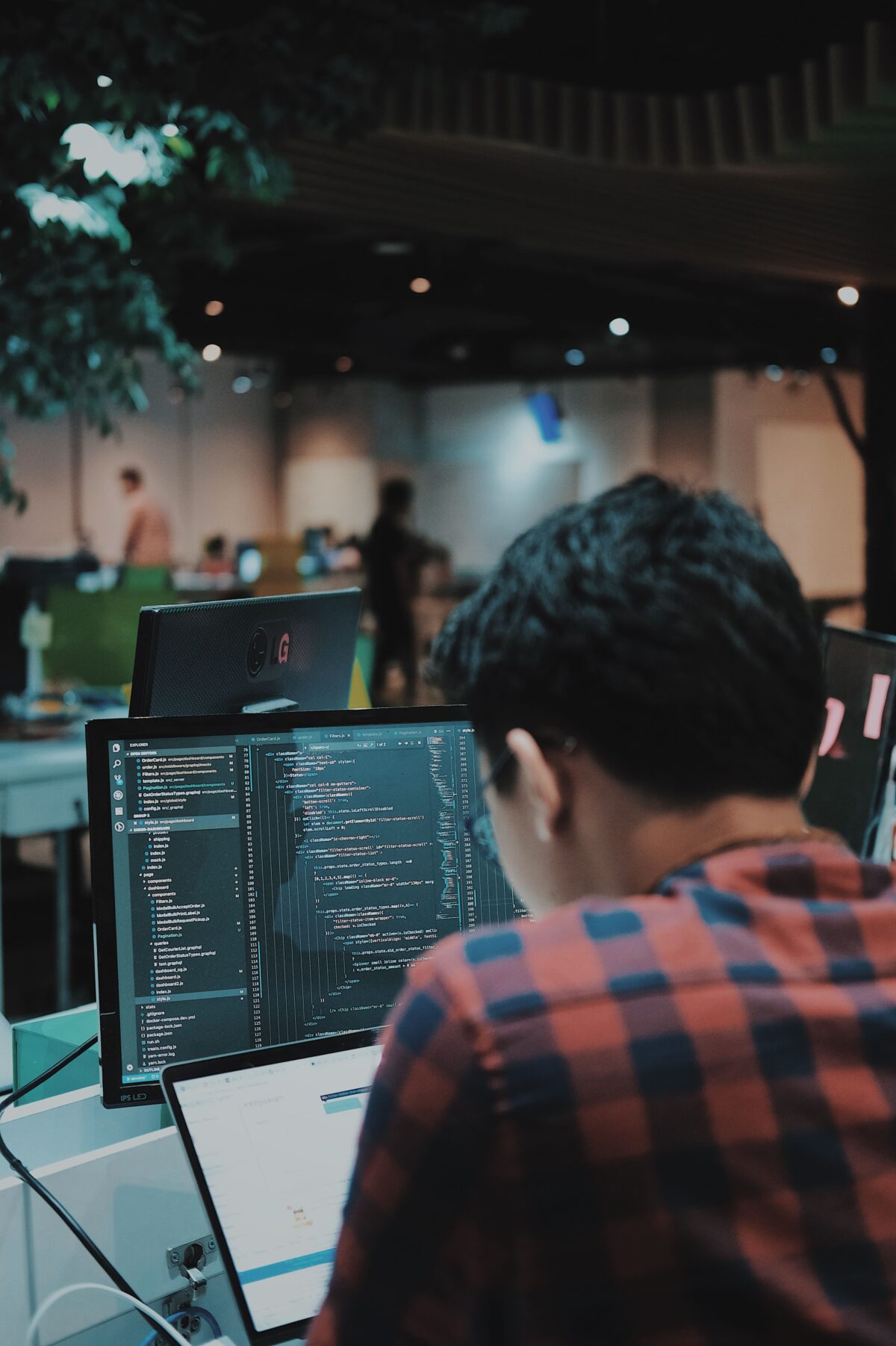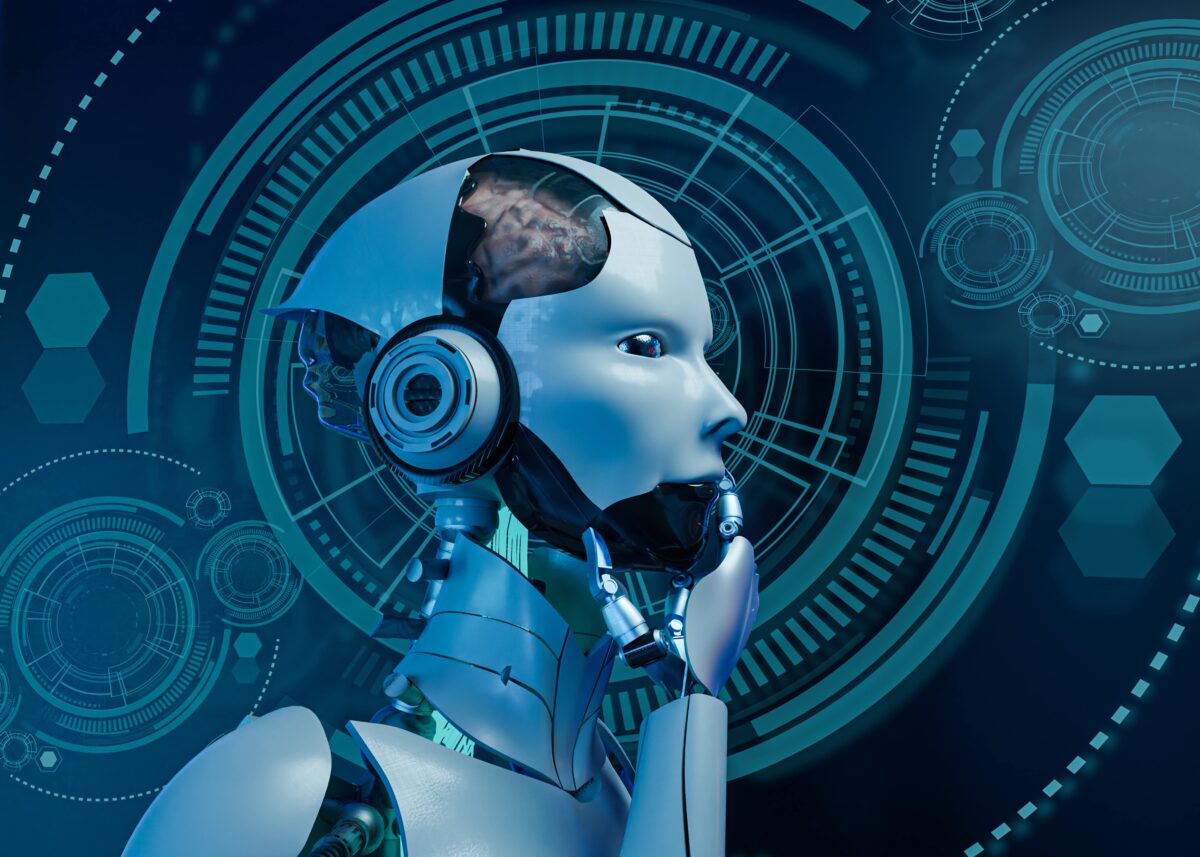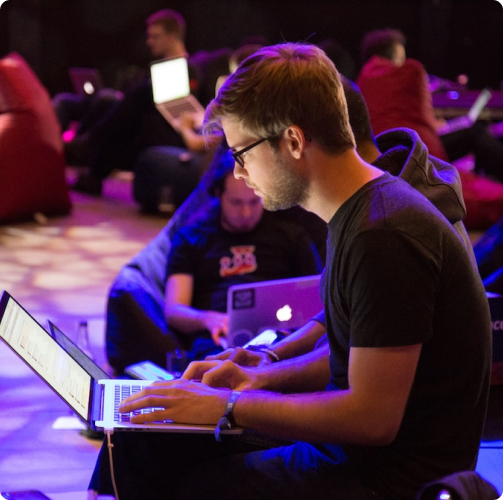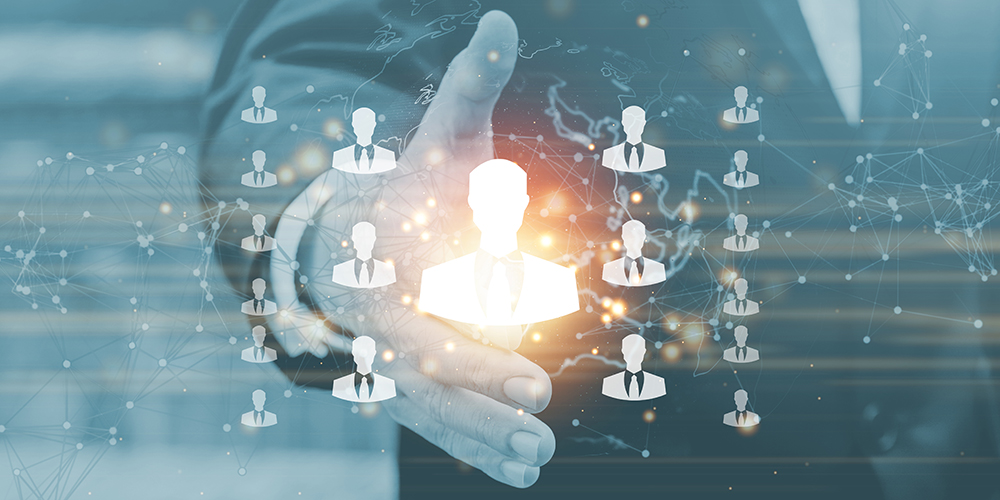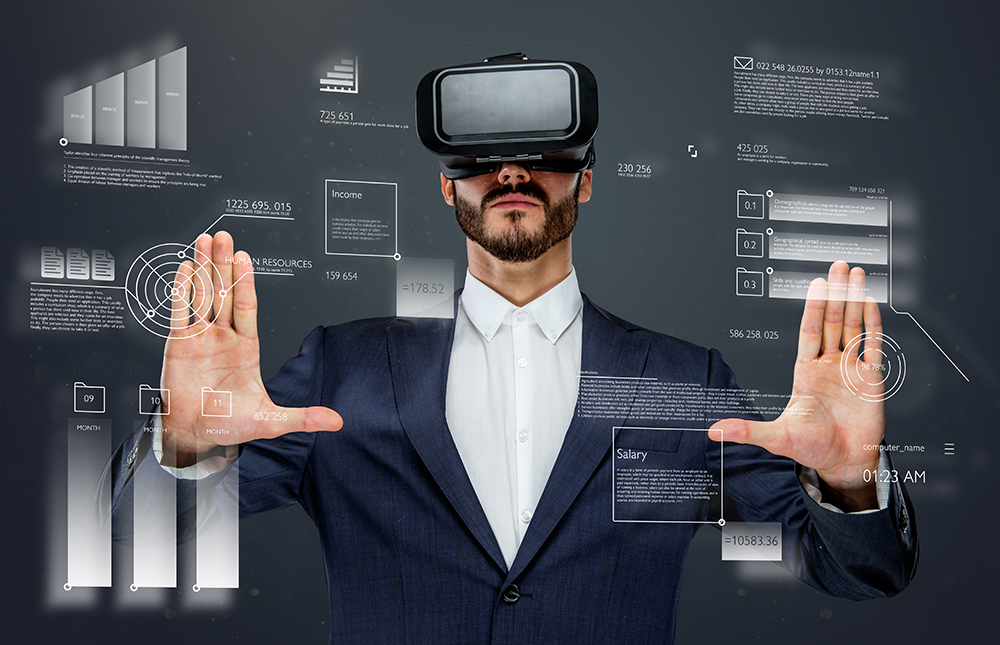In the realm of human resources, the impact of technology, particularly artificial intelligence (AI) and predictive analytics, has been profound and transformative. As businesses seek more efficient and effective ways to manage their workforce, the adoption of these technologies has become a cornerstone in reshaping HR functions. At the vanguard of this revolution is KABi HC Consulting, utilizing its Consulting-as-a-Service model to integrate AI and predictive analytics into traditional HR practices, thereby enhancing the strategic value of human capital management.
The Evolution of HR through AI and Predictive Analytics
The role of HR in organizations is evolving from administrative functions to becoming a strategic partner in business success. AI and predictive analytics are key drivers of this transformation, offering new insights into workforce management and decision-making processes:
- Automation of Administrative Tasks: AI excels in automating routine HR tasks such as payroll, benefits administration, and compliance reporting. This automation not only reduces the likelihood of human error but also frees up HR professionals to focus on more strategic initiatives.
- Enhanced Talent Acquisition: Predictive analytics transforms recruitment by analyzing historical data to predict candidate success and cultural fit. AI-driven assessments and data-driven insights help in streamlining the hiring process and improving the quality of hires.
- Employee Engagement and Retention: AI tools analyze employee feedback and performance data to identify trends and predictors of employee satisfaction and turnover. This enables proactive interventions tailored to increase engagement and retention.
KABi HC’s Approach to AI-Enhanced HR Consulting
KABi HC Consulting leverages AI and predictive analytics to offer customized, forward-thinking HR solutions that align with business objectives. Here’s how KABi HC is leading the change:
- Predictive Success Planning: Using predictive models, KABi HC helps organizations anticipate future leadership needs and guide development efforts to prepare internal talent for these roles, ensuring seamless transitions and sustained leadership effectiveness.
- Performance Optimization: AI algorithms provide ongoing performance tracking and predictive insights that help managers and employees alike to identify areas of improvement and adjust their strategies accordingly.
- Learning and Development: AI-driven learning platforms within KABi HC’s model identify skills gaps and recommend personalized learning paths for employees, ensuring relevant and timely skill enhancement aligned with organizational goals.
Strategic Impacts on Business
The strategic integration of AI and predictive analytics in HR consulting services not only optimizes HR processes but also contributes to broader business outcomes:
- Agility in Decision-Making: With real-time data and predictive insights, organizations can make quicker, more informed decisions about their workforce.
- Cultural and Organizational Alignment: AI tools help maintain cultural coherence by aligning recruitment, retention, and development practices with the core values and strategic aims of the organization.
- Competitive Advantage: Organizations that effectively utilize AI in HR practices are better positioned to adapt to changes in the marketplace, maintain high levels of employee satisfaction and innovation, and attract top talent.
Embracing the Future
The integration of AI and predictive analytics into HR consulting is not just a trend but a significant shift towards more intelligent and responsive human capital management. Companies like KABi HC Consulting are not only participants in this change but are also leaders, helping businesses harness the power of AI to transform their HR practices. As we look to the future, the role of AI in HR is set to become more integral, making now the perfect time for organizations to embrace these technologies to redefine the potential of their human resources.

